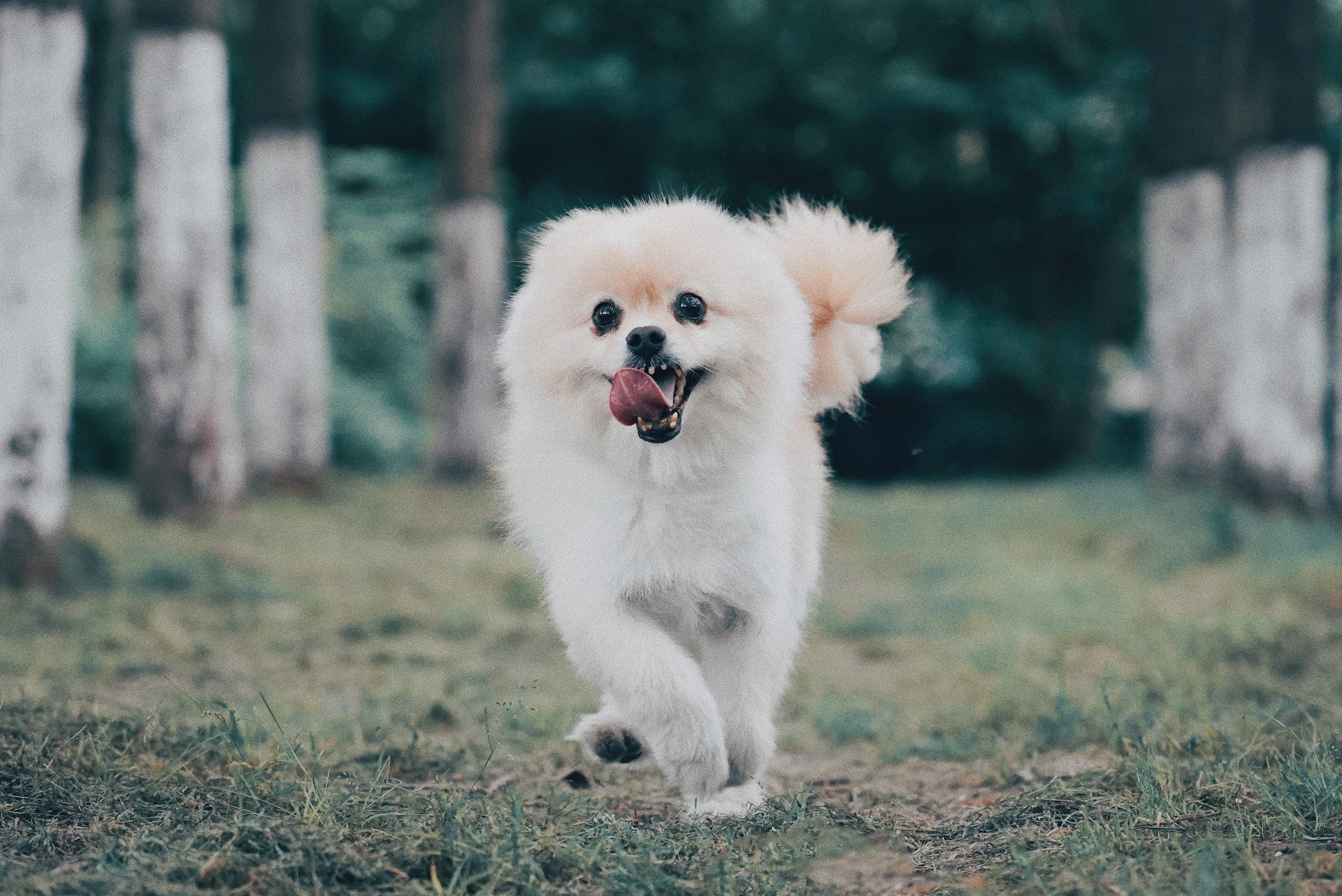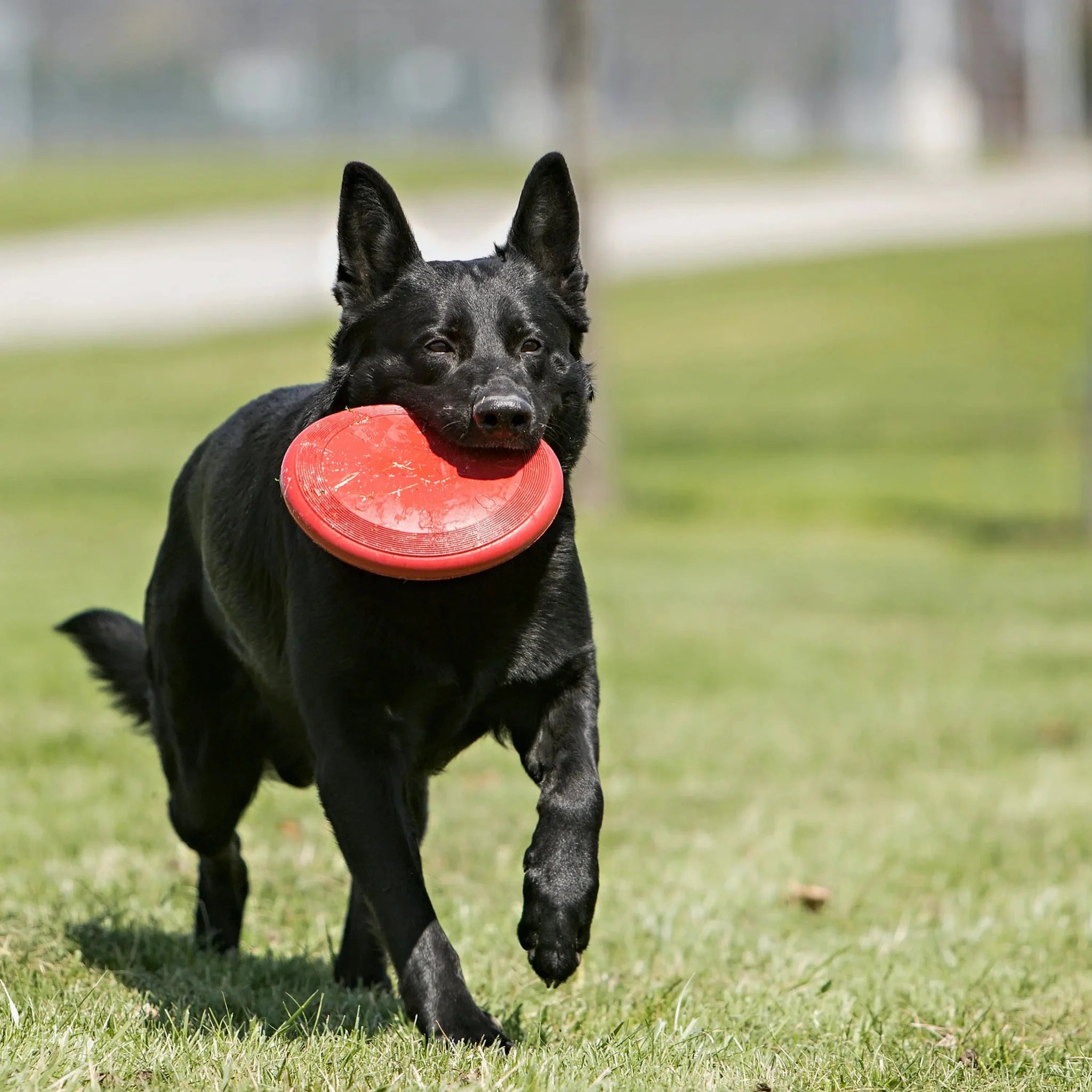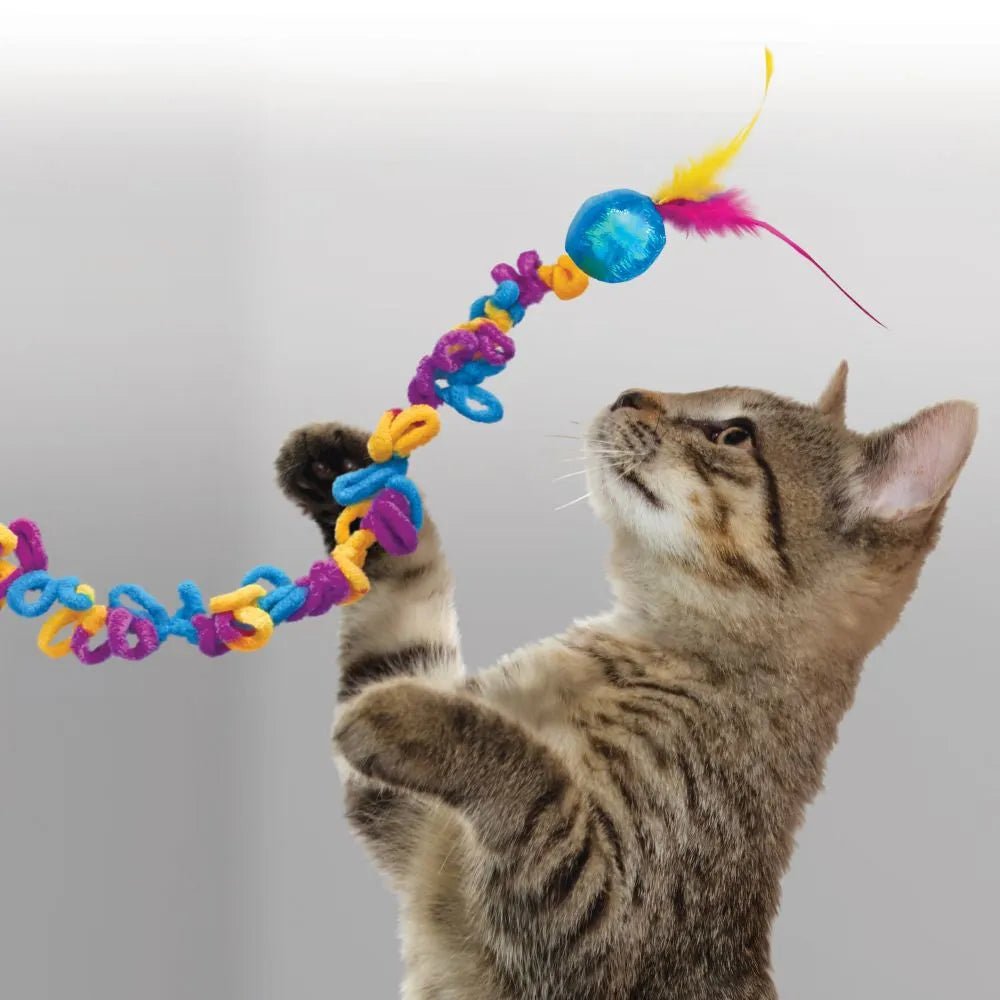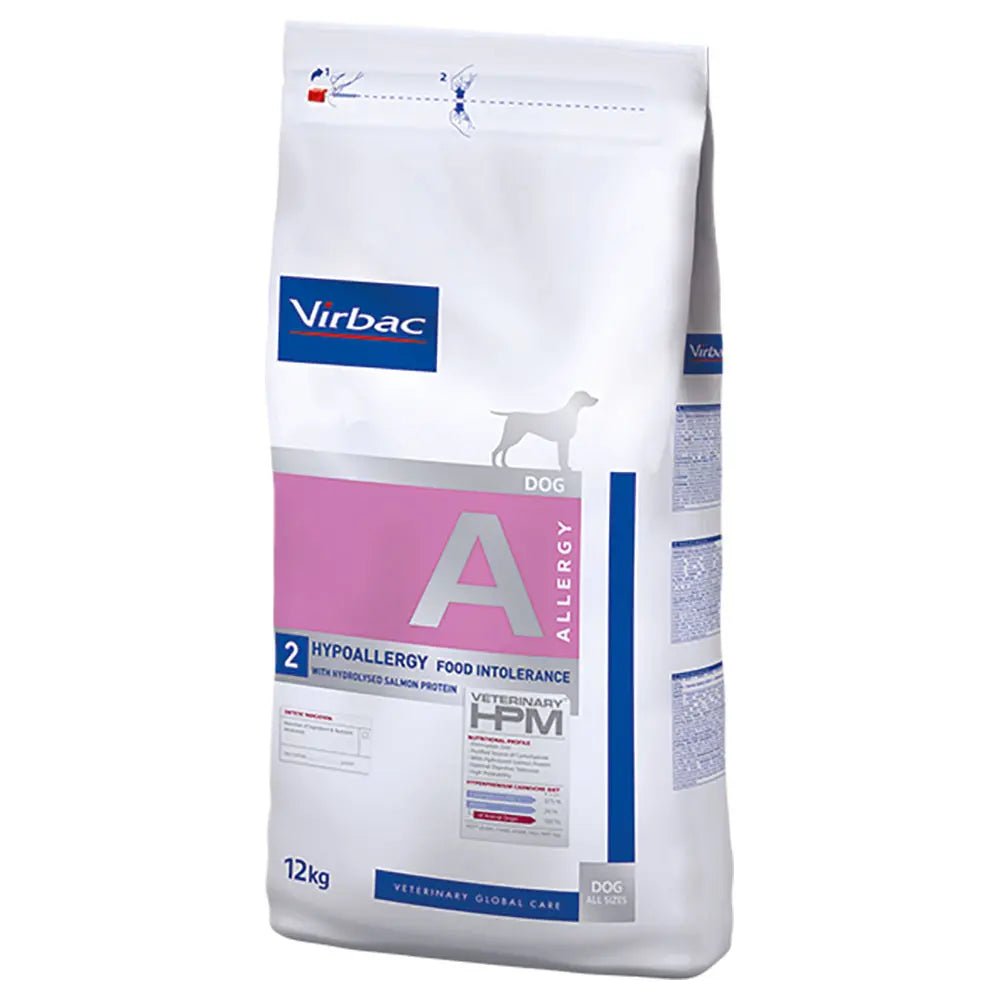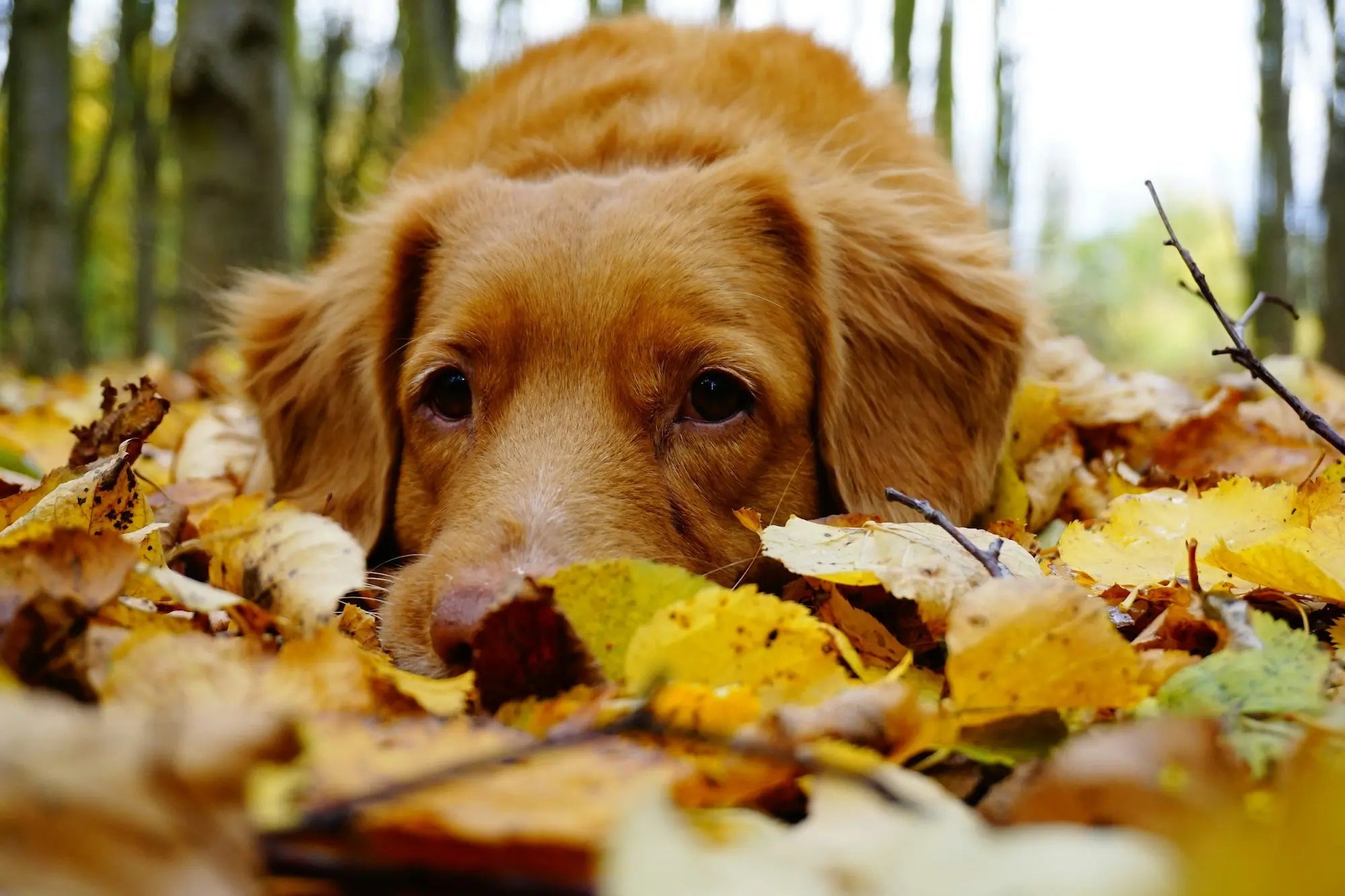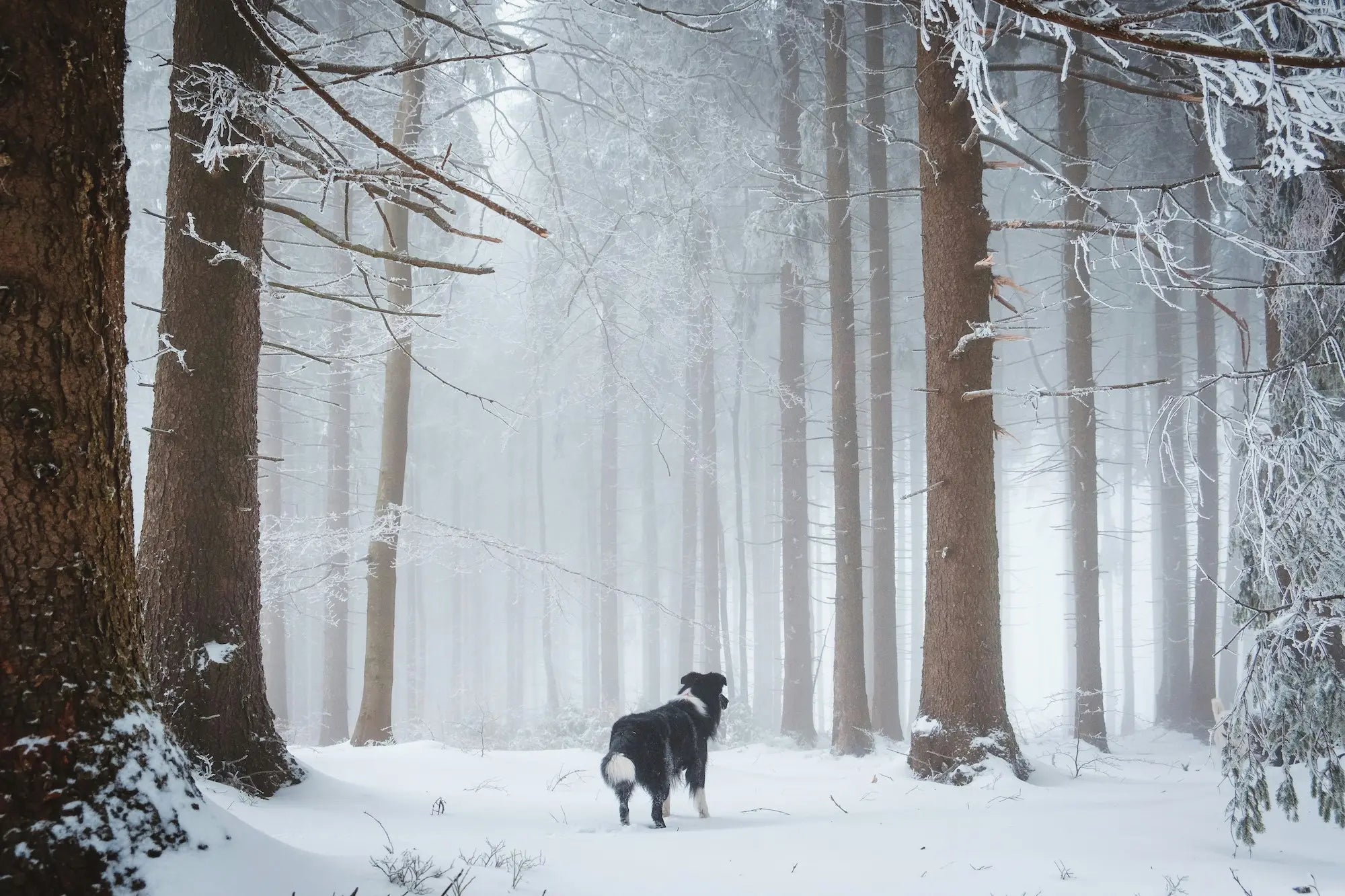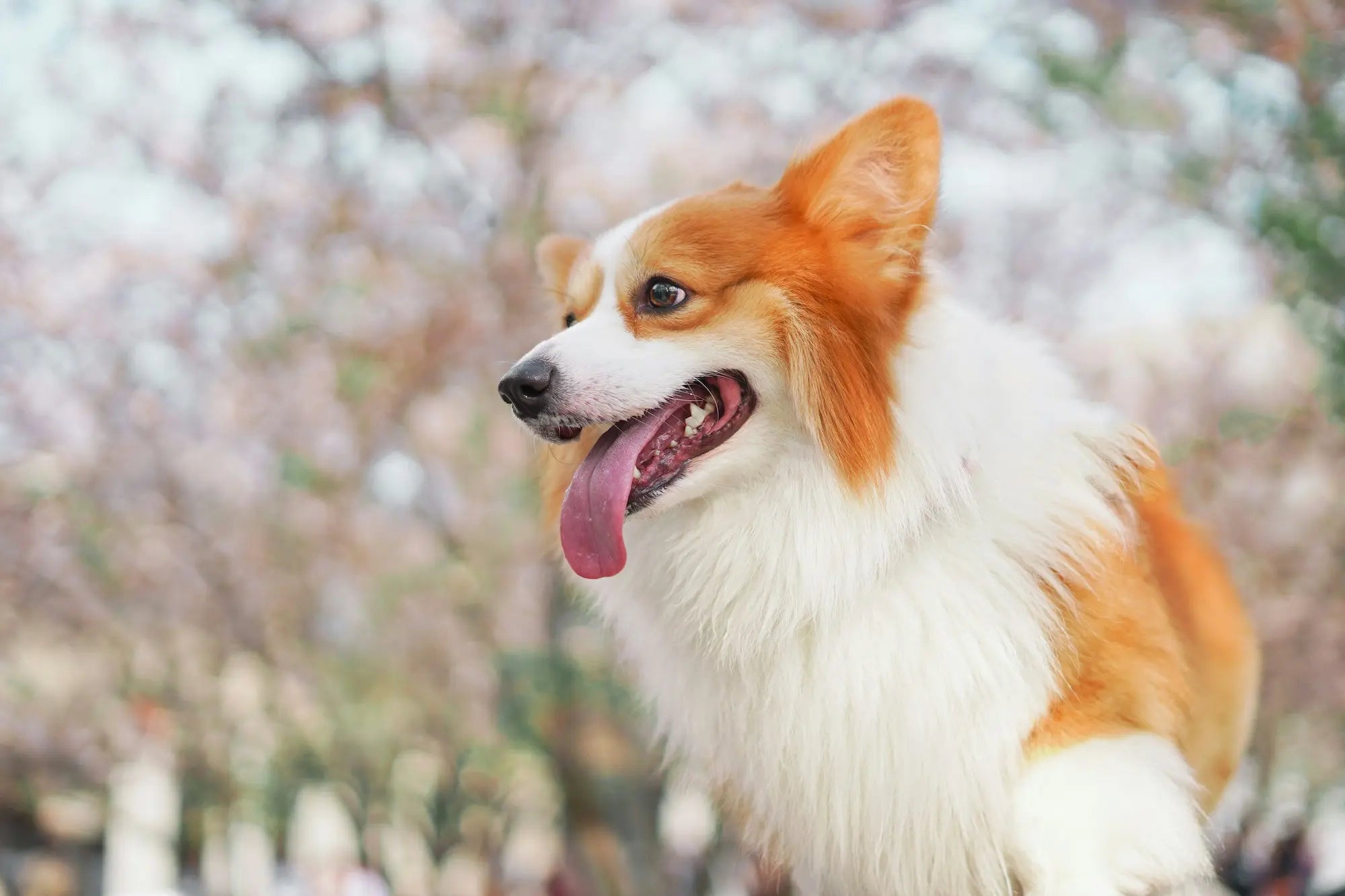The Pomeranian is a small and highly recognizable dog breed, known for its fox-like face , large expressive eyes and thick coat. Despite its modest size, the breed has a big personality and a lot of energy. It combines an elegant exterior with a lively and confident nature, which has made it one of the world's most popular small dogs.
“Poms”, as they are often called, are social, loving and loyal dogs that form strong bonds with their owners. They thrive best when they are part of the family and everyday life, and are happy to follow everything that is happening around them. This makes them excellent companions for both young and old , as long as they are given enough attention and security.
The Pomeranian is a good fit for those who want a small, active and present dog with a lot of charm – but who are also aware that its size does not mean low maintenance. The breed requires both mental stimulation and regular grooming to thrive and stay healthy.
race facts

Family friendly

Activity level

Fur care

Training needs

Clearing

Size
Facts about the breed
The Pomeranian is an ancient breed of dog with roots in the Pomerania region , located in what is now parts of Germany and Poland. The breed belongs to the spitz family and was formerly known as the German Spitz . The original Pomeranians were considerably larger than today's variety, and were often used as guard dogs and farm dogs, known for their alertness and loyalty.
It wasn’t until the 19th century that the breed began to change shape – literally. Through targeted breeding efforts, the size was gradually reduced, and a smaller, more sociable and decorative variety was developed that quickly gained popularity, especially in Britain. Queen Victoria played a central role in this development when she fell in love with the breed and bred smaller versions herself.
Today's Pomeranian is the result of this evolution – a compact, lively and elegant companion dog that has retained its original alertness and confidence, but is now known primarily as a loving companion.
What can you expect as an owner of a Bolognese dog?
Personality
Personality
The Pomeranian is a small dog with a big, expressive personality . It combines a proud and elegant exterior with a lively, alert and confident nature. Despite its modest size, the breed is known for being both intelligent, energetic and courageous – it rarely hesitates to speak up or stand up for itself, no matter who is on the other side of the fence.
The Pomeranian is extroverted and social , and thrives well with people. It is loyal and forms strong bonds with its owners, and can be just as happy sitting on a lap as it is going for a short walk or playing in the garden. The breed also has a natural alertness, and can act as a good whistleblower – it will be happy to let you know if it detects anything unusual in its surroundings.
This alertness comes with a tendency to bark , making it important to work on boundary setting and vocalization control early on. A Pomeranian that develops the habit of barking at every opportunity can be challenging to keep in a home with a lot of activity or noise.
The breed is generally easy to handle , but needs clear guidance and mental stimulation to thrive. It responds well to positive reinforcement and enjoys learning new things – which can also be used to strengthen the bond between dog and owner. With proper training, a Pomeranian will be a loyal, lively and entertaining companion for many years.
Activity level
Activity level
The Pomeranian is a small dog with a surprisingly high energy level . Despite its compact body, it has a high need for daily exercise and mental stimulation. Short walks alone are not enough – Pomeranians thrive best when they are allowed to move freely, run around and explore their surroundings .
The breed likes to be in the thick of things, and greatly appreciates being taken on walks, experiencing new environments, and greeting people and animals. A Pomeranian is social and curious , and loves to sniff, play, jump in leaves, or chase sticks in the garden. They may also enjoy small dog sports and tricks that challenge both their mind and body.
Although they are often associated with glamour and fancy clothes, the Pomeranian is not a bag dog . They like to use their body and prefer to walk on their own, not be carried around as an accessory. Allowing your dog to use their energy in a healthy way also reduces unwanted behaviors such as restlessness or excessive barking.
For a Pomeranian to be balanced and happy, it is important to give them opportunities to play, move, and experience new things every day – even though their legs are short, the need for activity is real.
Training
Training
The Pomeranian is an intelligent and eager-to-learn breed , making it well-suited to training – especially when training is fun and based on positive reinforcement. They are quick to pick up new commands and love the attention and rewards that come with it.
At the same time, the Pomeranian is known for having a strong personality and a certain hint of stubbornness . They do not necessarily accept commands from just anyone, and it is therefore important that the owner appears clear, consistent and fair . Trust and respect are built through security and predictability, not strictness or punishment.
Pomeranians respond best to short, motivating sessions with praise, treats and play as rewards. By making training fun and varied, you keep their interest up and lay the foundation for an obedient and confident dog.
Early socialization and everyday obedience are important, both to manage a tendency to bark and to create good habits. A well-trained Pomeranian can be an attentive, responsive and very happy little companion – with a great willingness to cooperate, as long as you earn it.
Health
Health
Weight and size
The Pomeranian belongs to the so-called toy group, and is among the smallest dog breeds. An adult Pomeranian is usually between 18 and 23 cm tall at the shoulder, and weighs 1.3 to 3.1 kg, regardless of gender. Despite its small size, the body is compact and well-built, which makes the breed both light and robust – as long as the weight is kept stable and healthy.
Lifespan
The Pomeranian has a life expectancy of 12 to 16 years, and many live even longer with good care and regular veterinary checkups. This makes it one of the longest-living breeds, provided it receives proper care.
Hereditary diseases
The Pomeranian is generally considered a relatively healthy breed, but there are some hereditary and breed-specific health challenges that owners should be aware of:
- Tracheal collapse (collapse of the windpipe): May lead to coughing and difficulty breathing, especially with exertion or use of a collar. A harness is recommended.
- Patellar luxation: A condition in which the kneecap slips out of joint, which can lead to limping or discomfort.
- Degenerative myelopathy (DM): A serious, progressive neurological disease that leads to paralysis in the hindquarters.
- Alopecia X (also called “black skin disease”): Hair loss and darkening of the skin, especially in male dogs.
- Legg-Calvé-Perthes disease: An inherited disorder that leads to degeneration of the femoral head and lameness.
Dental health
The Pomeranian also has a marked tendency towards tartar and gum problems, especially due to its small mouth and tight tooth arrangement. Regular brushing at home and dental cleaning at the vet are important. Some dogs may need professional dental cleanings 3-4 times a year, especially if gingivitis develops.
With a healthy diet, good weight control, regular dental care, and veterinary follow-up, a Pomeranian can live a long and healthy life as an active and loving companion.
Fur
Fur
The Pomeranian is known for its beautiful and voluminous coat, which is one of the breed's most striking features. It consists of a dense and soft undercoat, combined with long, straight and somewhat coarse guard hairs that give the dog a characteristic "lion-like" look around the neck and chest.
Although the coat is decorative, it requires regular and thorough grooming to stay healthy and tangle-free. The Pomeranian should be brushed and combed weekly, and more often during periods of increased shedding. Regular grooming helps remove loose hair, prevent matting, and maintain good skin health.
The breed sheds moderately throughout the year, and it is normal to have some extra shedding during the changing seasons. With routine brushing, shedding will rarely become a major problem in the home.
The coat may also require extra care after walks in wet or muddy weather, and many owners choose to clip the areas around the paws and hindquarters to make grooming and hygiene easier. With proper maintenance, the coat will appear healthy, shiny and fluffy – as the Pomeranian is known for.
Food and nutrition
Food and nutrition
A healthy and normal weight Pomeranian basically does not have any special nutritional needs beyond what applies to small dog breeds in general. The most important thing is to choose a high-quality dog food, with the right balance of proteins, fats, vitamins and minerals.
The food should be adapted to the dog's size, age and activity level. An adult Pomeranian with a moderate activity level will do well on a standard small breed food, while puppies, older dogs or very active individuals may need more tailored nutrition.
Due to the breed's small size and high metabolism, it may be a good idea to split the daily ration into two or more smaller meals. This helps keep energy levels steady and reduces the risk of low blood sugar, which small breeds can be prone to.
Pomeranians are also prone to developing tartar, so it may be beneficial to use food with dental cleaning properties or combine dry food with regular teeth brushing. Treats should be given in moderation, especially as excess weight can negatively impact joints and general well-being in small dogs.
By monitoring weight, appetite and coat quality, you can usually get a good indication of whether the food is suitable for your dog. Regular assessment with your veterinarian ensures that the nutrition supports a healthy and long life.
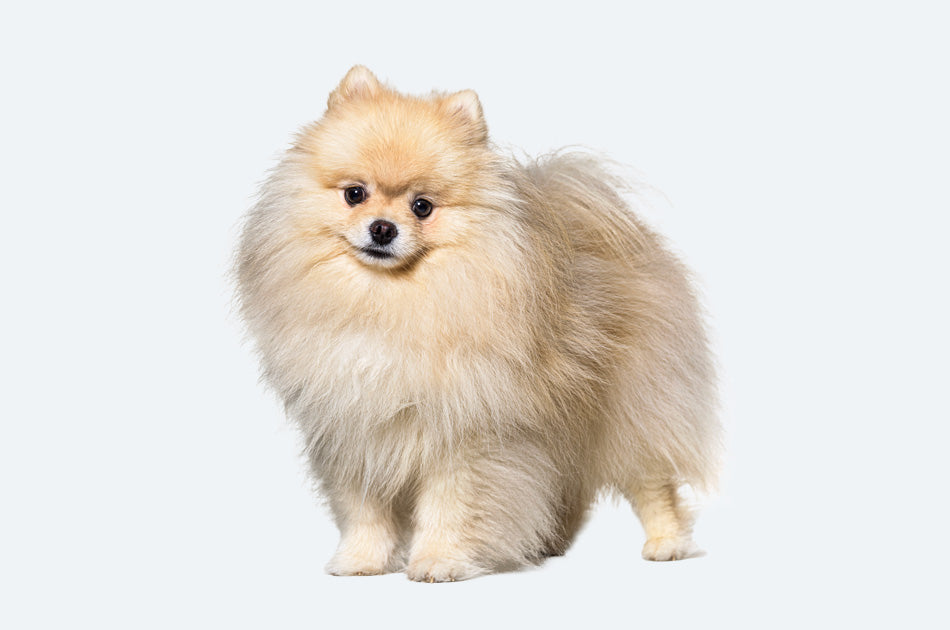
Pomeranian
If you are considering buying a Pomeranian puppy, it is important to thoroughly familiarize yourself with the breed's needs and breeding practices. A good place to start is by contacting the breed club, which can provide useful information and help you find registered and responsible breeders.
The price of a Pomeranian puppy is often around 20,000 kroner, but can vary depending on the breeder's experience, the puppy's pedigree and what health tests have been performed. However, the most important thing is not the price itself, but the security of buying from a place where the puppy's health and welfare are prioritized .
You should always choose a breeder who can document how the puppy was bred, including health information about the parent animals and a record of follow-up, vaccinations, and registration. This helps ensure that you get a healthy and well-socialized dog.
Avoid buying puppies from unscrupulous sellers or undocumented operators. Such purchases can contribute to uncontrolled or illegal dog trade, and increase the risk of serious diseases or behavioral problems.
Being well prepared and choosing a serious and knowledgeable breeder is the best starting point for a long, safe and happy life with your dog.


